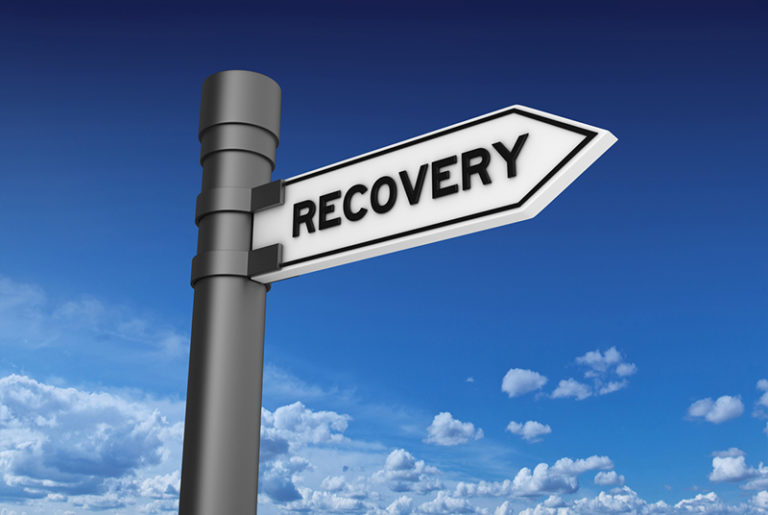Post-Covid recovery packages must quicken the pace to net-zero carbon emissions

Allianz CIO Günther Thallinger and LSE’s Nick Robins on how to “recover better” from the crisis
The devastating impact of Covid-19 is becoming clearer each day, with governments taking unprecedented steps to save lives and livelihoods. As stewards of people’s capital, long-term asset owners are fully aligned with these priorities.
Once this immediate health crisis starts to stabilise, the focus will turn to prevention of future outbreaks and planning for the recovery. A global programme of repair is needed. Here, we have the strategic responsibility to, in the words of UN Secretary General Antonio Guterres, “recover better”. Frameworks such as the Sustainable Development Goals (SDGs) provide a ready-made guide for such a recovery.
In the wake of the global financial crisis, national governments introduced green stimulus programmes amounting to just over 16% of the total public finance boost. Facing the economic fallout of Covid-19, governments must now take a far more comprehensive approach to align their recovery plans with the Paris Agreement on climate change, with a special focus on the needs of the most vulnerable to deliver a just transition. This is the most attractive model we have for generating lasting jobs and economic development. It would be a historic error to lock-in the high-carbon model of the past, with all its risks to human health, financial stability and the climate.
Brought together by UNEP-FI and the PRI, the 22 members of the Net-Zero Asset Owner Alliance have made a bold commitment to decarbonise their portfolios to net zero by 2050, in the knowledge that they can only achieve their target if governments put in place long-term strategies that drive capital allocation. The transition to a decarbonised world is underway, but with insufficient scale and speed. Planned and implemented properly, post-Covid recovery packages can quicken the pace.
Three design principles should guide this process. Firstly, recovery plans must be consistent with the Paris Agreement, which calls for a halving of emissions by 2030 in order to have the best chance of staying within 1.5C and being on a safe trajectory to net-zero emissions by 2050. The plans should dovetail with the more ambitious nationally determined contributions (NDCs) that governments must submit ahead of the now postponed COP26 climate summit. Recovery funding will help stabilise organisations and should be used in a sustainable way so that they give back to society and stabilise the environment, too. Any support for high-carbon sectors must be contingent on the development of measurable net-zero emissions transition plans, with programmes for involving workers and communities in their design and delivery.
Secondly, governments should focus their attention to adapting policy to promote sustainable growth opportunities and adopting measures that crowd in long-term investors, such as government R&D and infrastructure spending. A wealth of productive options exists, including renewable energy and energy storage, efficient buildings, green hydrogen and carbon, capture and storage (CCS) for industrial emissions, public transport and electric vehicles as well as land-use, adaptation and nature-based solutions. Many of these are now far cheaper and more ‘shovel-ready’. This would allow private sector investors to help finance the recovery and governments to focus their recovery spending on setting the stage for such investment and support strong social standards to make sure the recovery plans are inclusive.
Thirdly, as asset owners we support a coordinated multilateral response. Particular consideration should be given to the needs of developing and emerging economies, where coronavirus impacts are set to be most severe and capital for the transition is in shortest supply. A portion of the recovery funds must therefore be dedicated to support their transition efforts.
Much of the funding for such a sustainable recovery would come from increased government borrowing in the form of additional sovereign bonds, as well as other public issuance, for example, from development banks. So far, around $60 billion of green sovereign bonds have been issued from 12 countries and a further 10 nations have already indicated that they will issue this year.
Today’s rescue packages are crucial to bring immediate relief for the billions of individuals and institutions undergoing severe stress. Tomorrow’s recovery plans can and must lay the foundations for an irreversible shift to a resilient, net-zero and inclusive economy. The Alliance stands ready to work with governments, international agencies and other stakeholders to realise this goal.
This commentary was originally published by Responsible-Investor.com

